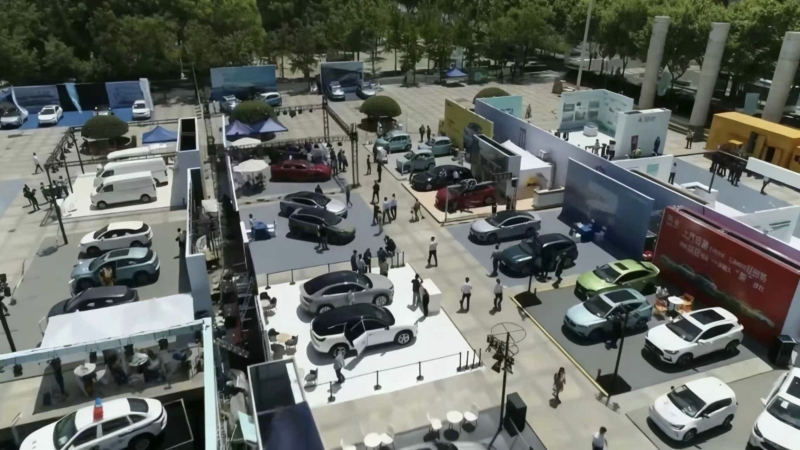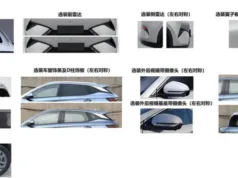A significant change in China’s new energy vehicle (NEV) tax policy is driving one of the largest buying waves of the year. With the full tax exemption set to end on December 31 2025, showrooms across China are reporting record order volumes ahead of the upcoming policy shift, according to Sina Finance.
According to China Central Television, starting January 1, 2026, NEVs will transition from full purchase tax exemption to a 50% exemption. Currently, qualifying passenger NEVs enjoy a tax waiver of up to 30,000 yuan (4,200 USD). Under the new rule, valid through 2027, that figure will be halved to a maximum deduction of 15,000 yuan (2,100 USD).
Industry analysts note that the timing of the change, coinciding with the traditional year-end sales season, has created a sharp pre-policy rush. Some dealerships report that order volumes are up nearly 60 per cent compared with typical monthly levels.
Executives from the China Automobile Dealers Association say the policy adjustment is not only a fiscal change but also a deliberate industrial signal. By tightening qualification standards, Beijing aims to steer the NEV market away from “price-driven competition” toward “value-driven competition.”
In October 2025, China’s Ministry of Industry and Information Technology, Ministry of Finance, and State Administration of Taxation jointly raised the bar for vehicles to qualify for tax relief. For instance, plug-in hybrid and range-extended passenger cars must now achieve an equivalent pure-electric range of at least 100 km, a level designed to filter out low-spec models.
To cushion the transition, many automakers have launched “tax-difference guarantee” programs for customers who lock in purchases before the end of November 2025 but receive delivery in 2026, covering the gap in tax benefits.
Analysts say the new framework may create two distinct effects: a short-term sales surge as buyers rush to beat the deadline, followed by a potential slowdown in early 2026 once the reduced benefit takes effect. With EV penetration already exceeding 45 per cent of new car sales, further growth may depend more on technology and model innovation than tax incentives alone.
Since 2014, full purchase-tax exemptions have fueled China’s rapid EV adoption. The upcoming halved-tax policy marks a new phase, one aimed at sustainability, quality, and reduced reliance on subsidies in the world’s largest electric vehicle market.
Recommended for you

Chinese NEV startup delivery ranking, HIMA: 52,747, Leapmotor: 48,006, Xiaomi: 25,000+, June 2025

Top-selling NEVs in China, Geely Xingyuan: 38,715, BYD Seagull: 31,105, BYD Qin Plus: 29,328, May 2025

Best-selling passenger vehicles in China: Geely Geome Xingyuan, Geely Xingyue L, Denza D9, April 2025
Follow us for ev updates








